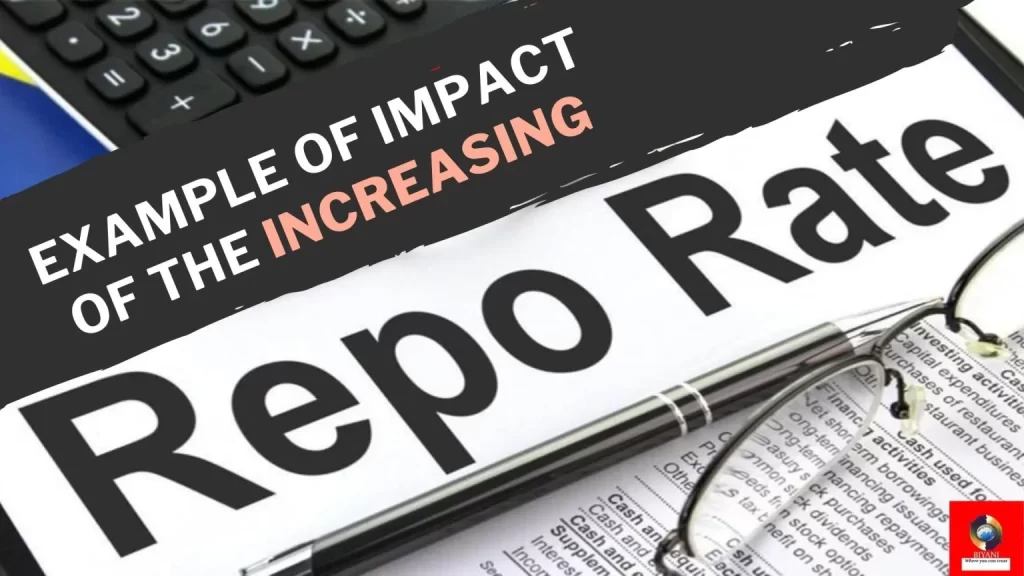Introduction
Hey there, I hope you’re doing well. You all have heard about ‘Repo rate’ once in your life. But, what does ‘repo rate’ means. Likewise, what is the impact of increasing the repo rate?
In this blog, we’ll cover the meaning of the Repo Rate along with the reason for increasing the Repo Rate. Lastly, you’ll get to know about the impact of the increasing Repo Rate with examples. So, keep reading till the end.
Meaning of the Repo Rate
The Repo rate is the rate of interest at which the Reserve Bank of India (RBI) lends money to commercial banks. ”Repo” means Repurchase Agreement or Repurchasing Option.
Decision of increasing the Repo Rate
On 4th May 2022, the Monetary Policy Committee (MPC) has decided to increase the REPO rate from 4 percent to 4.40 Percent i.e., the new REPO rate is 4.40 percent with prospective effect under the liquidity adjustment facility (LAF).
Reason for increasing REPO rate
The Reserve Bank of India has hiked the repo rate for the first time in almost two years. This comes at a time when inflation has been rising to an 18-month high (The inflation rate in April 2022 was 7.79 percent compared with December 2020 was 4.59 percent and the lowest during January 2021 which was 4.06 percent) amidst a rebound in domestic economic activity.
Repo rate is one of the methods used by RBI to control the flow of money in the market (Quantitative method for credit control).
Impact of increasing REPO rate
When the market is hit by inflation, RBI increases the repo rate, which leads to paying higher interest by the banks who borrow money during this period from the central bank which directly discourages the banks to borrow money, which in turn, reduces the supply of money in the market.
Hence to cope with a higher rate of interest from RBI, commercials bank charge higher rates of interest to the borrowers of money from the bank (like home loans, education loans, car loans, and many more) and also increase the rate of interest of the Fixed deposit and other term deposit to attract more investment from the public and this helps to cope up with the inflation.
An increase in the Repo rate makes borrowing costlier and saving more attractive.

Example of the impact of increasing Repo Rate
For example, PNB said “the Repo Linked Lending Rate (RLLR) has been changed from 6.50 percent to 6.90 percent w.e.f. 01.06.2022 for existing customers. Afterward, for new customers, the revised RLLR will be effective from 07.05.2022. for a home loan.
For example, Kotak Mahindra Bank – the rate of interest on the popular, 390-day (12 months and 25 days) deposit has been increased by 30 bps to 5.5 percent and that on the 23-month deposit by 35 bps to 5.6 percent. Whereas, Bandhan Bank increases interest rates on FDs below Rs. 2 crores in one to two years of tenure by 50 basis points. These rates have come into effect from May 4.
Blog by: Mr. Rajesh Jakhotiya
Department of Commerce and Management
Biyani Group of Colleges, Jaipur
Thank you
for reading our blog. Kindly, share it & spread the knowledge all around.
CLICK HERE
to pursue your graduation by sitting at your home.

